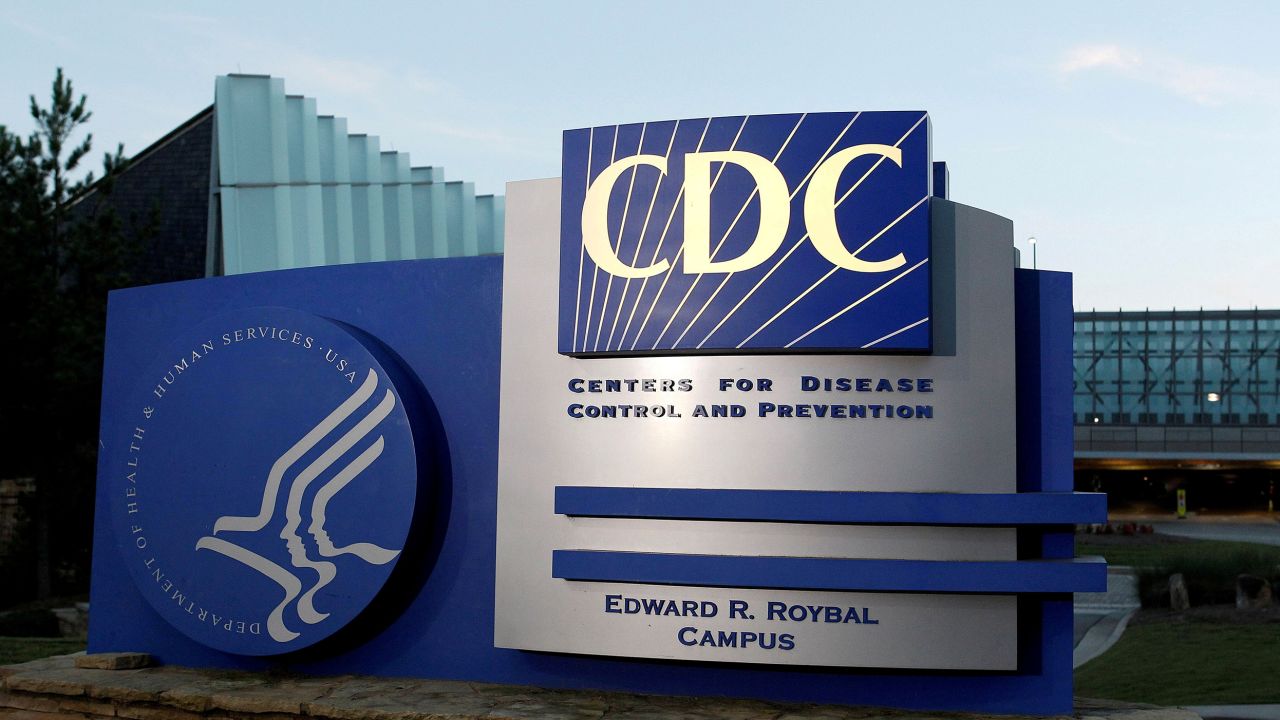A recent report from the Centers for Disease Control and Prevention (CDC) revealed a troubling trend: the number of overdose deaths associated with counterfeit prescription pills has more than doubled in recent years.
The majority of these tragic deaths occurred among individuals younger than 35, who believed they were consuming legitimate medications like oxycodone or Xanax.
However, these counterfeit drugs were not obtained from reputable pharmacies but rather from illicit sources such as street dealers, classrooms, or acquaintances. Although these counterfeit pills may appear authentic, they are typically composed of various unidentified substances.
Tonja Myles, an addiction expert and community engagement adviser with the Huntsman Mental Health Foundation in Salt Lake City, explained that counterfeit pills, and even gummies, are often produced to mimic legitimate pharmaceuticals, making them challenging to distinguish.
Tragically, many of these counterfeit pills are laced with lethal amounts of fentanyl. As Julie O’Donnell, an epidemiologist in the CDC’s Division of Overdose Prevention, emphasized, “People don’t always know what’s in them, and the risk of overdose is heightened among people who think that they’re using legitimate pharmaceutical pills.”
The CDC report, released on International Overdose Awareness Day, disclosed that from mid-2019 to the end of 2021, overdose deaths involving counterfeit drugs surged from 2% to 4.7%. However, O’Donnell noted that these figures are likely underestimates.
The data is drawn from the CDC’s State Unintentional Drug Overdose Reporting System, which relies on information gathered from death certificates, coroner’s reports, toxicology results, and witness testimonies.
Of particular concern, illicit fentanyl was detected in a staggering 93% of overdose deaths involving counterfeit pills. Furthermore, over half of these tragic fatalities—57.1%—occurred among individuals under the age of 35.
One heartbreaking example is Jake Carter of Noblesville, Indiana, who believed he was taking oxycodone on January 2, 2021, the day before his 24th birthday. Tragically, these pills were counterfeit and were later found to be contaminated with deadly levels of fentanyl. Jake Carter never woke up on his birthday.
His fiancée, Kaylee Dugger, hopes that by sharing his story, others will be deterred from consuming counterfeit pills and that awareness about fentanyl poisoning and drug overdoses will increase.
Notably, drug overdose deaths in the United States have reached historic highs. In 2021, nearly 107,000 individuals succumbed to drug overdoses, and preliminary estimates for 2022 suggest a similarly alarming figure of 105,000, according to the CDC.
Geographic variations in counterfeit drugs were also noted in the CDC report. Fake oxycodone was most prevalent in the West, while counterfeit Xanax was more common in the South. Within Western states, overdose deaths linked to counterfeit pills more than tripled, surging from 4.7% in 2019 to 14.7% by late 2021. This increase is largely attributed to the rise in illegal and counterfeit drug supplies.
These findings underscore the urgent need, as emphasized by Tonja Myles, to educate young people about the grave risks associated with consuming pills of uncertain origin. She advises parents to have candid conversations with their children, stressing the importance of not taking any medication from friends, even if it appears to be a common over-the-counter drug like aspirin.




